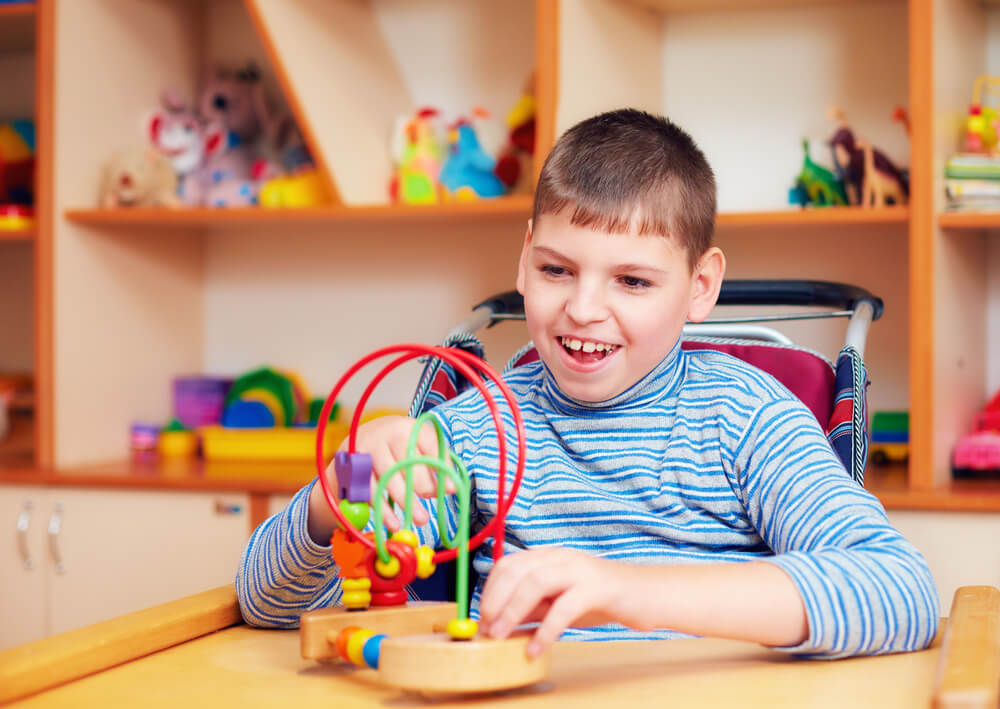Athetoid, Dystonic, and Dyskinetic Cerebral Palsy
When your child suffers athetoid cerebral palsy or dystonic cerebral palsy or dyskinetic cerebral palsy, it happens because of brain damage that took place in the basal ganglia. As damage takes place in this part of the brain, the child will struggle with certain things.

This part of the brain serves a few central functions that include:
- Controls cognition
- Controls procedural learning
- Controls muscle movements
- Controls eye movements
- Controls emotions
What Does an ADCP Diagnosis Involve?
Doctors will go through multiple steps to determine if your child has this birth injury. They will use multiple tools for assessing the extent of the damage, and they will use the gross motor functioning classification system. Typically, your doctors will measure the abnormalities of the brain within the brain ganglia. Usually, a doctor will order an MRI as a way of further evaluating the extent of the damage and help assess how to best proceed.
How Is This Condition Treated?
There are a couple of different ways to manage this condition. Like with all the other forms of cerebral palsy, unfortunately, a cure does not currently exist. One of the things that has made it so difficult to treat is the fact that CP has a variety of different types. The goals of medical therapy is to help improve your child’s emotional, cognitive, physical and daily living skills.
Some of the possible treatments available to your child include:
- Occupational therapy
- Physical therapy
- Deep brain stimulation
- Medication that reduces spasms and involuntary movements
What Does the Prognosis Look Like?
Like with many of the other forms of this birth disorder, the prognosis is not always clear. Fortunately, CP is not a degenerative disease. However, it still comes with its fair share of disabilities. It will also largely depend on the location of the lesions within the brain. Like with many of the other forms of treatment, you will most likely have to wait to see what works best. People who have this condition often will not live as long as the general population. However, it depends on the severity of the condition. In many cases, the condition is not as severe as other cases; and in these cases, affected individuals have lived for up to 70 years of age. There are other cases where the individual only lived for 30 years, and these are typically the cases where a more severe form of the illness is present.
Cerebral palsy can be a serious condition, and it can also cost over $900,000 in medical costs over the course of a lifetime. In some cases, you may find it useful to seek financial help to pay for these costs because it will lower the financial burden. Many families cannot afford the associated costs. How a child suffers through this will depend on his or her unique individual circumstances.
Article Citations
